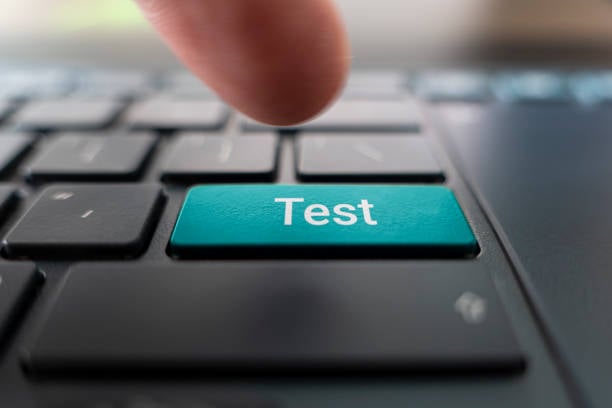Key Lime Interactive is a Customer Experience (CX) and User Experience (UX) research, strategy, and design services agency focused on helping companies take a human-first approach to building better brand experiences, products and services.



Copyright © 2024, Key Lime Interactive. All Rights Reserved. Privacy Policy.